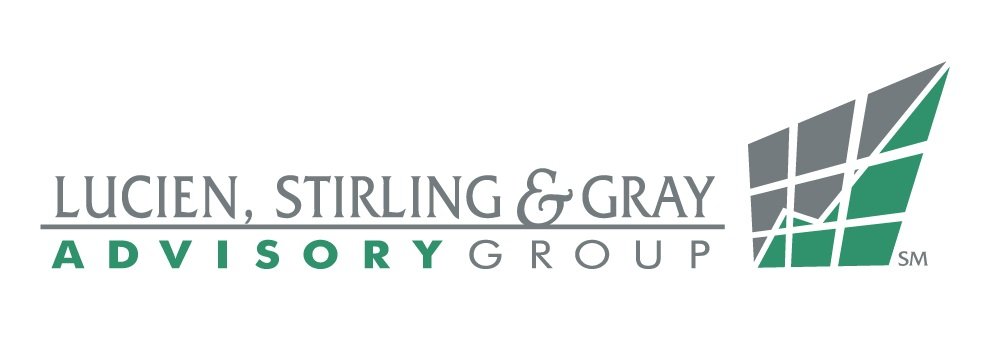In Times Like These…
Some thoughts about current events, human behavior and the viral nature of panic.
I am not an infectious disease expert. I cannot speak with any authority on COVID 19, also known as Coronavirus. Even if I could, I’m quite sure there is nothing more that I could offer to the already-too-loud cacophony of the existing news coverage out there anyway, so I promise not to add to that din here.
What I think I can speak to with some authority is human nature. More specifically, I can speak with more than 35 years of personal experience about the tendency of investors, when put under sudden duress, to do absolutely the wrong thing at the wrong time – unless they have someone they trust reinforcing the principles underpinning their goal-focused investment plan, empathetically refocusing them on their long-term objectives, and patiently but firmly guiding them through whatever crisis it is that’s currently threatening their sense of well-being. That’s the aim of this missive.
As I write this on Friday afternoon February 28th, the S&P 500 has just closed at 2954. In just nine short days, and only seven trading days, it has fallen 439 points and -12.9% from the all-time high of 3393 it set on February 19th. Other major equity indices across the globe have declined by similar margins in this global panic, and the resulting so-called “flight to safety” of billions of dollars reflexively bailing out of stocks has driven the yield on the 10-year U.S. Treasury Bond to the never-before seen level of 1.13%. The sense of fear is palpable, and the headlines, not at all surprisingly, are dire.
Trust me, as investors ourselves, and as human beings, we feel that anxiety. We feel it about our own investment portfolios. More pointedly, we feel it about our client’s portfolios too, because your success is important to us, and because your sense of trust and confidence in us is critical. Without it, we’re lost, so it’s natural that any time that trust and confidence could be threatened we feel anxiety. What we don’t do though, is to act on those emotions. We act instead on principles. We take a patient, long-term view. We build disciplined, broadly diversified portfolios, and we keep a resolute faith, grounded in hard-nosed historical fact, that the future will eventually be better.
To help you keep this current (so far) decline in perspective, the average intra-year decline of the S&P 500 for the last 40 years, according to J.P. Morgan, has been -13.8%. With this one, we’re not even there yet. In other words, painful declines like this in the indices that track the great businesses of the U.S. and the world have happened all the time. In many of those intervening years we’ve experienced declines of a great deal more than what we’re experiencing now. Despite all that soul-shaking volatility, a hypothetical investment of $100,000 made in the S&P 500 in January of 1980 and simply left to compound would have grown to over $8 million by the end of 2019. There is great power in patience, discipline and faith.
Obviously, this could continue for some time. We can’t know for sure. However, if the history above is any guide, and it’s the only guide we have, the biggest risk investors face lies not in stalwartly owning the shares of great companies through thick and thin, but in mistaking perfectly normal volatility for the end of the world and bailing out of them at precisely the wrong time.
I do not claim to have any idea how far this outbreak will spread, nor how many lives it will claim before it is ultimately brought under control. This is not an attempt to minimize the seriousness of the challenge, nor to dismiss the anxiety and fear people naturally feel at suddenly facing the unknown. Importantly, neither is the sharp sell-off in financial markets this contagion has provoked a reason to “rejoice” as one well-known financial pundit is purported to have opined this week. We – humanity – are now facing a serious challenge. We must face it together, and it’s callous, divisive and arrogant to be reveling in other’s misfortune.
That said, I’m quite certain that many, if not most, of the world’s epidemiologists and virologists are working on this challenge right now. I firmly believe that their efforts will ultimately succeed. It’s worth pointing out that the present-day inter-connectedness of countries and cultures that has helped to facilitate the rapid spread of this disease throughout the globe has also provided scientists and medical professionals around the world with an unprecedented level of real-time, high-tech information-sharing.
Clearly, this is nothing more (or less) than my personal statement of faith in the future, but if the history of similar outbreaks in the 21st century is any guide, this would seem to be a reasonable hypothesis. As evidence I’d point you towards:
SARS in 2003-2004, which also originated in China
The bird flu epidemic in 2005-2006
A new strain of swine flu in 2009
The Ebola outbreak in the autumn of 2014
The Zika virus outbreak in 2016-2017
Seventeen years ago, on January 31, 2003, the super-spreader of SARS checked into a hospital in Guangzhou, basically infecting the entire staff. The epidemic exploded from there. On that first day of the litany of epidemics listed above, the S&P 500 closed at 855.70.
Today, in the dark miasma of the current unpleasantness, seventeen years and now six epidemics later (including this one) the index is close to three and a half times higher – not including any reinvested dividends.
Keep the faith. All is not lost. Human ingenuity is alive and well.
And please call us if you’d like to have a conversation.
Thomas G. Twombly
President

